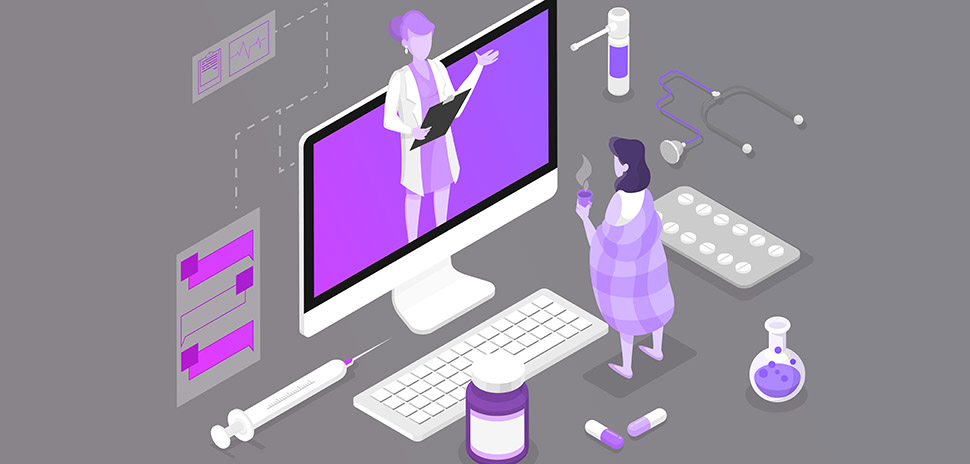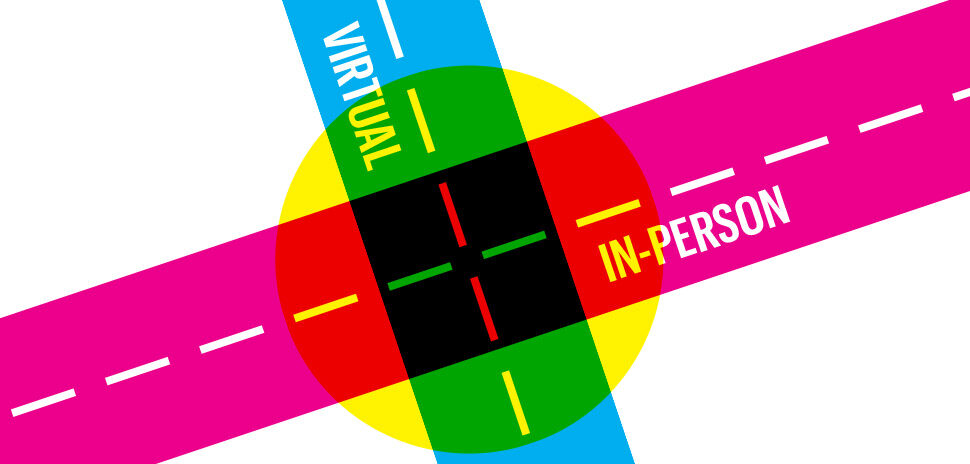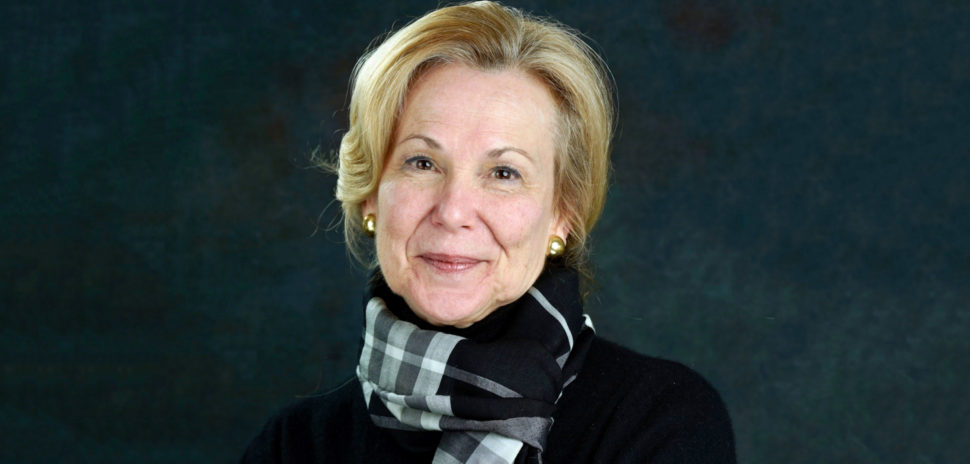Some technologies almost seem born to contend with the COVID-19 pandemic—virtual shopping via Instacart and Amazon, along with Team meetings through Microsoft, to name a few.
Yet the tip of the technological spear is—arguably—virtual health care, the use of which has exploded since March, said Nick Reddy, Chief Digital Officer and Senior Vice President of Information Systems at Baylor Scott & White.
“We just ran the biggest virtual health experiment in the history of the universe in the last month,” said Reddy. “It’s not something we planned for, but we essentially solved a problem for our community.”
It was as much an experiment as it was a trial by fire for the virtual health care team at Baylor Scott & White.
Prior to COVID-19, the health care system’s app—MyBSWHealth—historically screened an average of 3,000-5,000 patients per month. In March 2020 alone, it screened more than 100,000 cases.
That’s a population equivalent to the city of Kenosha, Wisconsin, who were concerned enough about COVID-19 to download the app and to answer screening questions. Responses are fed into artificial intelligence, which then indicates to users the likelihood of whether they have the virus, Reddy said.
Reddy said that the crush of demand for virtual health care in a few weeks amounted to a crash course in the subject. And the technology met its promise—it allayed unnecessary fears, while assisting in preventing the further spread of COVID-19.
“The premise of containing any virus—including the novel coronavirus—is to make sure we socially isolate the virus, so the spread does not happen as rapidly as it could,” Reddy said. “That… model that has been pretty well established. If you don’t do that, it starts turning into an uncontrollable global pandemic.”
Even before the outbreak, two forces set the stage for advances in virtual [technology and] telehealth, said Reddy and Steve Love, President and CEO of the Dallas-Fort Worth Hospital Council.
First, state and federal legislation have become less constrictive, allowing easier access. Second, people became more familiar with virtual technology through Skype, Facetime, and other virtual experiences.
“The use of telehealth has increased over the past six to eight years,” Love said. “I think some of it was regulation change, but it was also becoming more acceptable.”
Another important development is that while some insurance companies didn’t reimburse claims for telehealth services, now most do.
“Now I think they see the value of it,” Love said. “In the long run, it can be a tool to bring down costs, and it’s an effective (health care) tool.”
A version of this article also appeared on the Dallas Regional Chamber Website.
![]()
Get on the list.
Dallas Innovates, every day.
Sign up to keep your eye on what’s new and next in Dallas-Fort Worth, every day.


































































